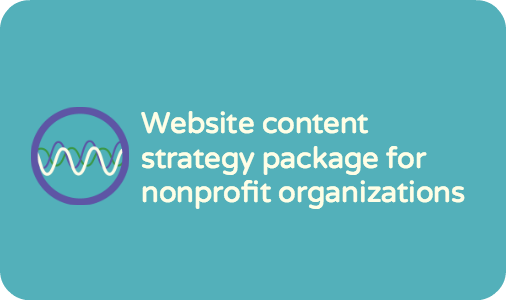As a health communicator, you need to turn often-complex information, advice and terminology into simple, easy to understand messages that inform, interest and potentially help your readers. Here are some important points to consider when shaping the content of your health communications.
Determine your objective: There are many potential objectives for a health communications project: increased awareness, increased knowledge, change or reinforcement of attitudes, maintaining interest in a topic, providing cues for action, or demonstrating simple skills. Decide which of these is a priority for you and use this to develop your message.
Establish readers’ needs: Your message will have more potential impact if your readers are receptive to it. Find out what health information people are seeking about your topic. Work to strike a balance between your educational objectives, and their learning objectives.
Reading/grade level and voice: Make your message accessible. As much as possible, use simple, familiar terms and words. Write with an active voice. Try to keep the language at a grade level of 6-8 or possibly even lower depending on the audience and any language or literacy issues they may face. There are a number of tools that can help you with this, including the SMOG readability formula. Microsoft Word even has built in tools to assess the grade level of your writing.
Practical tips based on science: Consumers appreciate practical tips and guidelines that can be applied to improve their own health or the health of their loved ones. Starting from a basis of scientific evidence, be sure to provide plenty of practical health tips and tidbits whenever possible.
Include expert testimonials, statistics, and sources: Strengthen the credibility of your communications with proof. That proof may come in the form of an expert testimonial or quote, compelling statistics, research findings, and facts and figures from a reputable source.
Health communications can be complex, but once you’re ready to write content, follow the points above to be as clear and effective as possible for your consumers.
If you need a professional copywriter for your health communications projects, contact Marlene Oliveira at moflow at 647-346-9112 or contact@moflow.ca


